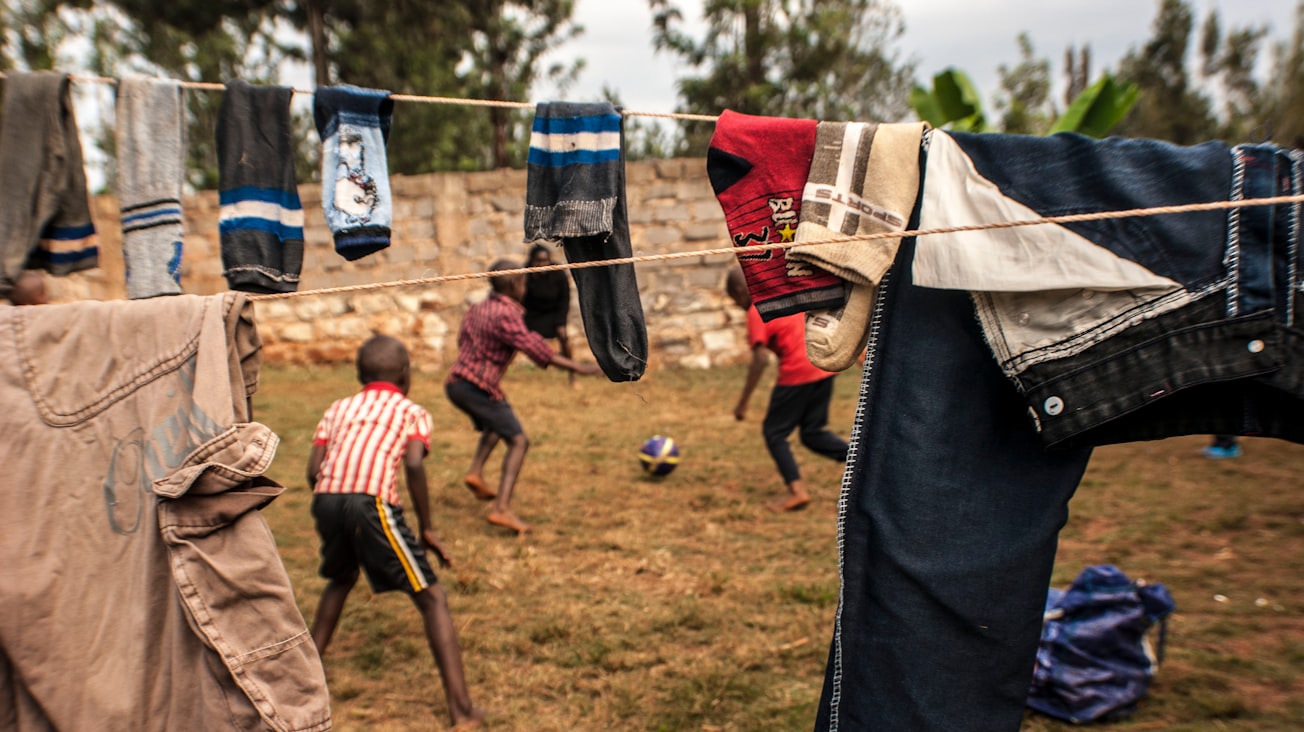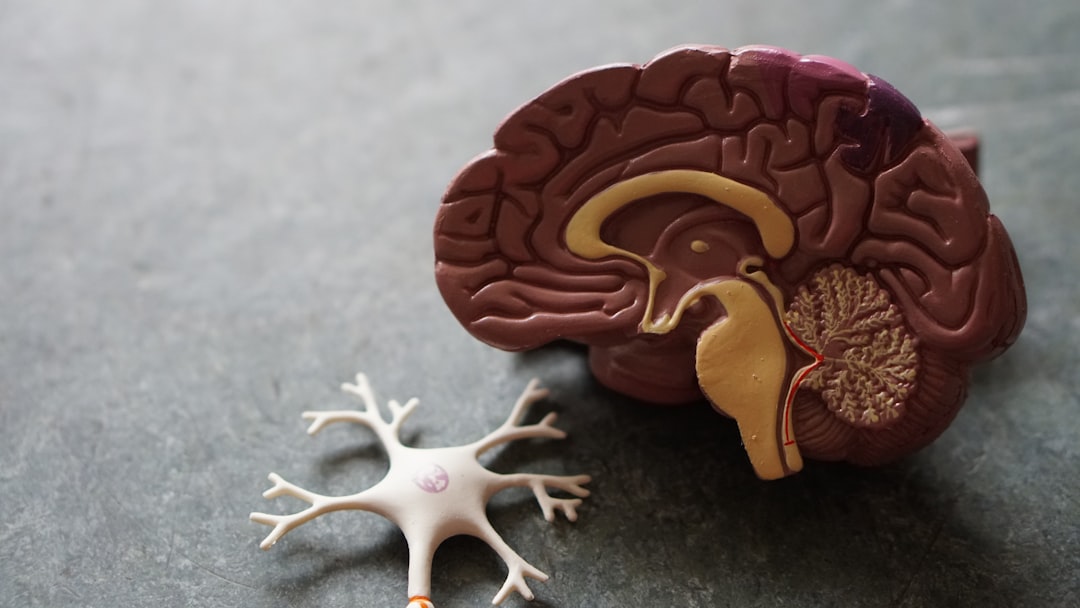What is it about?
A feasibility RCT allowed for comparison of PICIHBI and conventional one-on-one occupational therapy interventions. Children were filmed playing pre-, mid-, and post-intervention, using the Test of Playfulness (ToP) to assess playfulness. The PICIHBI comprised of 10 monthly sessions facilitated by an occupational therapist, involving group discussions with caregivers and periods of experiential play
Featured Image

Photo by Belle Maluf on Unsplash
Why is it important?
In South Africa, contextual factors have been identified as barriers to outdoor, unstructured play. The human immunodeficiency virus (HIV) and resulting progressive HIV encephalopathy (PHE) is a pandemic in this area, associated with development delays that are not addressed by highly active antiretroviral treatment (HAART). This study aimed to describe the playfulness in children with HIV and PHE on HAART living in challenging socioeconomic areas in South Africa aged 6 months to 8 years and to evaluate the feasibility and preliminary effectiveness of a play-informed, caregiver-implemented, home-based intervention (PICIHBI) for improving play.
Perspectives
This study is a first of its kind. Studies looking at play, particularly playfulness, for children with HIV are limited. So far, this is the only study we know of that involves this study population and is conducted through an RCT.
Elelwani Ramugondo
University of Cape Town
Read the Original
This page is a summary of: A Feasibility RCT Evaluating a Play-Informed, Caregiver-Implemented, Home-Based Intervention to Improve the Play of Children Who Are HIV Positive, Occupational Therapy International, December 2018, Hindawi Publishing Corporation,
DOI: 10.1155/2018/3652529.
You can read the full text:
Contributors
The following have contributed to this page










